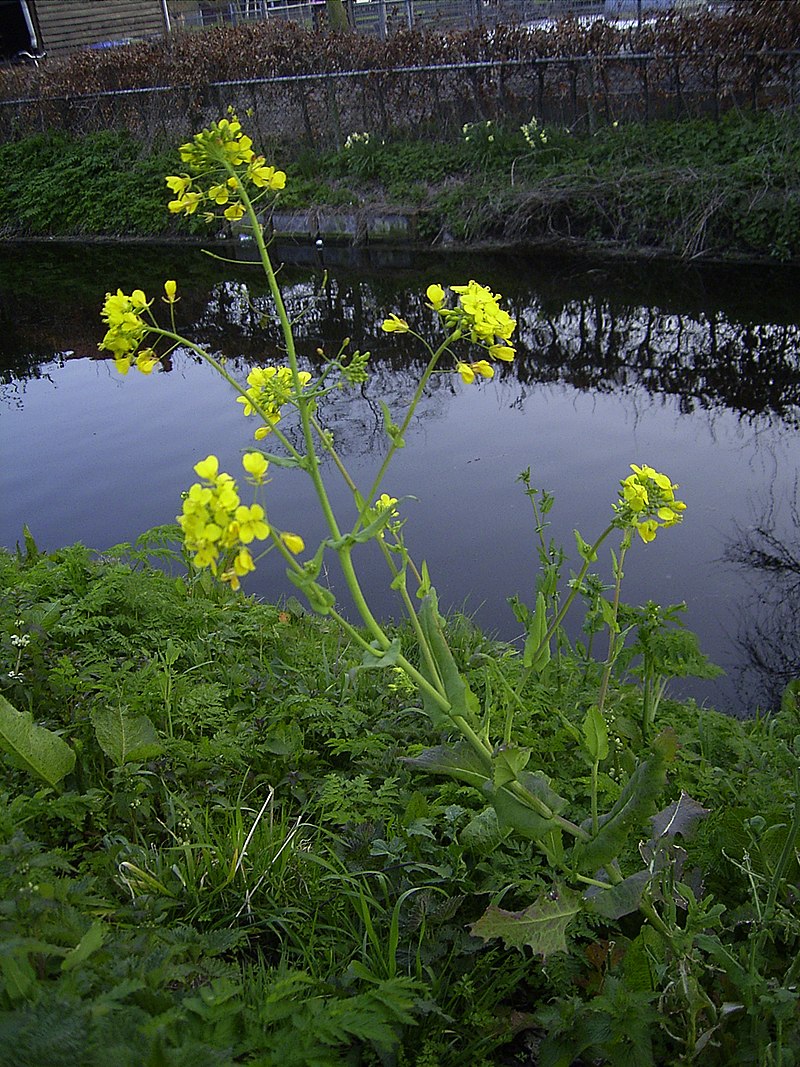A unique observation reveals pollinators and pests influences plant evolution
Brassica rapa plants pollinated by bumblebees develop more attractive flowers. But this evolution is compromised if the caterpillars attack the plant at the same time. Bees pollinating them less effectively, plants pollinate more and more. As part of an experiment on the evolution of greenhouse gases, scientists at the University of Zurich have shown how the effects of pollinators and pests influence each other.
In nature, plants interact with a variety of organisms, resulting in the evolution of their specific characteristics. While pollinators influence floral traits and reproduction, herbivorous insects reinforce the plant's defense mechanisms. Botanists at the University of Zurich have studied how these different interactions influence each other and how quickly plants adapt when the combination of selective agents with which they interact changes.
Experimental evolution in real time
Florian Schiestl, a professor in UZH's Department of Systematic and Evolutionary Botany, and doctoral candidate Sergio Ramos have demonstrated a powerful interaction between the effects of pollinators and herbivores. For their experiment, they used Brassica rapa, a plant closely related to rapeseed, interacting with bumblebees and caterpillars as selective agents. Over six generations, they subjected four groups of plants to different treatments: pollination of bees only, pollination of bees with herbivory (caterpillars), manual pollination without herbivory and manual pollination with herbivory.
Balance between attraction and defense
After this experimental evolutionary study, plants pollinated by bumblebees without herbivory were the most attractive to pollinators: they produced more fragrant flowers, which tended to be larger. "These plants had adapted to bee preferences during the experiment," says Sergio Ramos. On the other hand, plants pollinated by bees and herbivores were less attractive, with higher concentrations of defensive toxic metabolites and less fragrant flowers that tended to be smaller. "Caterpillars jeopardize the evolution of attractive flowers, plants affecting more resources for defense," said Ramos.
Combined impact on reproduction
The powerful interaction between the effects of bees and caterpillars was also evident in the reproductive characteristics of plants: during their evolution, for example, plants pollinated by bees developed a tendency to self-pollinate spontaneously when they were simultaneously damaged by caterpillars. . Plants attacked by caterpillars developed less attractive flowers, affecting the behavior of bees and affecting their pollination.
Better understanding of the mechanisms of evolution
The study shows the importance of interactive effects in the evolution of diversity. If the combination of selective agents changes, for example in the case of habitat loss, climate change or pollinator depletion, it can trigger a rapid evolutionary change in plants. "Human-caused environmental changes are affecting the evolutionary fate of many organisms, which has implications for ecosystem stability, biodiversity loss and food security," says Florian Schiestl. He believes that understanding these mechanisms has never been more important than today.


